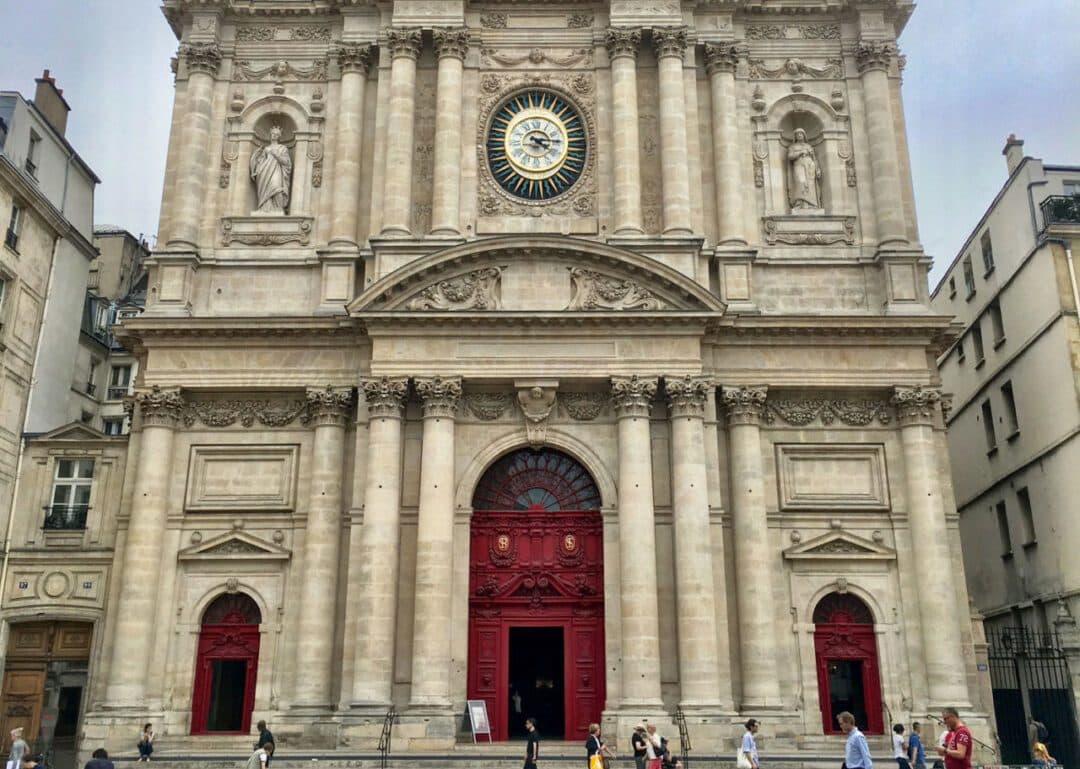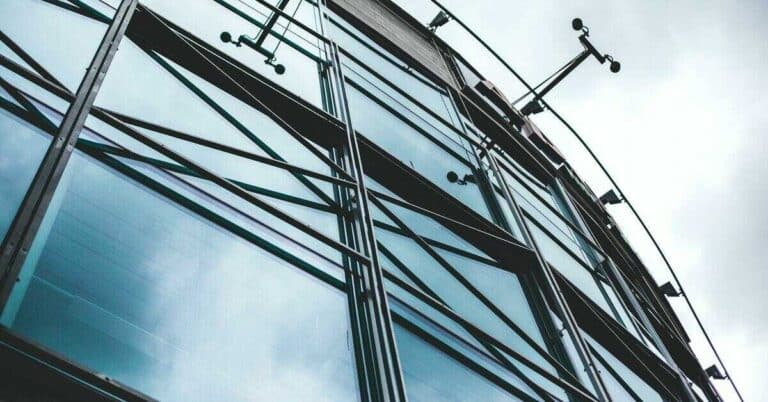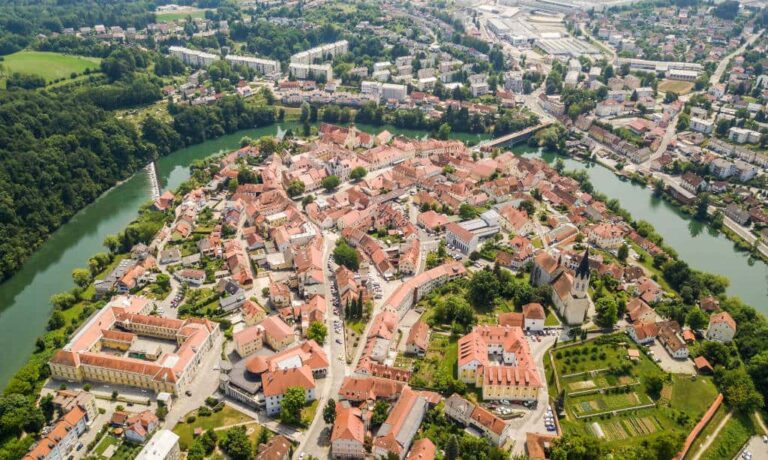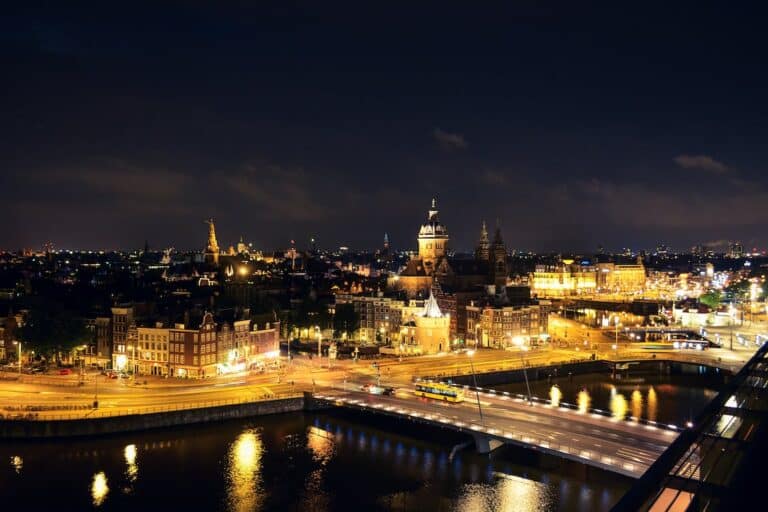Life in Copenhagen as an International Student
Right off the plane, I was immediately struck by how efficient Copenhagen is. I got from my gate, through immigration and retrieved my checked luggage in about 20 minutes. There are many structures and systems in place throughout Copenhagen that lead to a feel of orderliness and efficiency. At bakeries, grocery stores, and elsewhere people line up in a very polite manner. This is not the case in many countries where lines are considered a suggestion and I have had to hunker down to hold my spot in line! The rule following continued in other areas, as well. Not once did I see anyone cross a street before the walk sign came on, even when there were no cars anywhere around!
Getting Around Town
From what I understand, a bike is the best way to get around town. There are ample bike lanes and the busier streets even have their own bike road (bigger than a sidewalk, but smaller than a street) separated from busier streets. Though there are many options for short and longer term bike rentals, I had not been on a bike in close to twenty years, so I opted to walk and use public transportation. As I walked around, I saw more people biking than pedestrians and noted that almost none of them were wearing helmets (one day I counted and only saw five with helmets). I later found about the Hovding. Cyclists wear it on their neck, like a scarf, and it inflates into head protection if there is a collision-like an airbag. The Hovding was invented by two women in Malmo and has gained popularity in Copenhagen so some of the bikers I assumed were helmet-less may have been wearing them. Bikes, pedestrians, and cars all seem to coexist peacefully following the systems in place. There is not a lot of traffic due to the 180% car tax in Denmark. The lack of traffic makes the city buses a great option to get around. The bus lines, metro, and S trains are all exceptionally easy to navigate and reasonably priced with a 24 hour pass. Interestingly, the S trains seem to work on the honor system for tickets (which must go along with the rule following nature of the city). You buy a ticket before entering the train, but nobody checks it and it isn’t used to open a gate to enter or exit like in many countries.
City Aesthetics
For some reason, I thought that Copenhagen would look like the typical magazine cover. They’re the pictures I see on the front of all the guide books and on TV shows. I was surprised to learn that only one little part of Copenhagen does look like this. It’s in a very touristy area and offers cafes and souvenir shops. Since I don’t like crowds or “I heart Copenhagen” t-shirts, I didn’t even get over there to see it. While Nyhavn is not indicative of Copenhagen as a whole, it is a clean and very nice city. It feels very western to me, not only in the architecture but also in the use of English.
English in Copenhagen
Every single person I met spoke excellent English, and not just the younger generation. I was glad for this because I butchered just about every Danish word and town name I attempted to say. There are a lot of dropped letters as well as unfamiliar letters that call for a guttural sound which make it a very difficult language. Most schools offer Danish languages to their students free of charge.
The Weather and Sunlight
Everyone I met indicated that it was too bad that I was here during the bad weather season (late November). I didn’t think it was so bad. The beginning of the week days were in the high 40s F/8 C, but the end of the week stayed in the low 40s F/ 4 C. I would call it crisp, but not exceptionally cold. The days were gray, with at least an hour of blue skies most days (usually in the morning). While it was definitely wet and misty most days, I only used my umbrella a couple of times during the brief heavier rains. Given Copenhagen’s proximity to the sea, winter temperatures rarely get below freezing and snow is rare. It did snow on my final day in Copenhagen. It was thick wet snow, yet people were still biking around town!
What threw me for more of a loop was the short day length. It stayed dark until close to 9 am. By 3:30 it felt like evening and 4:00 was dark like the middle of the night. The days will continue to get shorter until December 21st at which point the trend will reverse leading to the summer solstice on June 21st when the sun does not set until 11 pm. The weather and darkness does not keep people from going about their business. Kids play outside in the dark, people bike in the rain, and drink coffee outside at cafes with heat lamps in the cold.
Housing in Copenhagen
One of the challenges students in Copenhagen face is finding housing. None of the schools I visited have their own housing. Students live in shared apartments of Collegiums – which are student residences for students from various city schools. Collegium rooms are assigned with preference given to those whose home address is the farthest away so international students should apply early and be sure to list their foreign address. Navigating the applications to Collegiums can also be difficult, as information on many of the sites is only in Danish. Google translate helped many students I met with this challenge.
Finding Food in Copenhagen
Given that the student living is so different than that in the US, it follows that student dining is different as well. Most schools have canteens on campus. Copenhagen Business School has as least one smaller canteen in every building. Other school had a larger one in main building.
Metropolitan had none at the campus site I visited. The on campus dining options range from medium sized cafeterias, to smaller cafes, to pubs and all had healthy food options, though one student told me that beer is actually the least expensive drink option at their canteen! There were also vending machines on most of the campuses. Aalborg was particular impressive in their selection of Haribo items.
Cafes and Canteens
Cafes and canteens are usually used by students grabbing a quick bite. Preparing food on their own in the Collegium or apartment is a big part of student life. This impressed me, given that when I was in college my cooking was limited to ramen noodles, mac and cheese, and frozen foods. I was really impressed with the inexpensive food accessible to students. There are bakeries and coffee shops just about everywhere. I’m not a big fan of the American version of Danishes, but the true one (Weinerbrod ) are fantastic as are the Hindbaersitte which is like a homemade pop tart. The porridge at Grod is also out of this world (there is a sentence I never thought I would say). It’s a hipster porridge place (there’s another phrase I’ve never said before) and has really interesting toppings, like licorice powder. Speaking of licorice-it’s HUGE here. In addition to having it in oatmeal, there are licorice flavored cocktails, licorice filled chocolates, and the very popular salt licorice (which I really like, but they are definitely not for everyone)!
Dining Out
There are kebob shops all over Copenhagen, many offering student discounts. Even without a discount, I had a huge shawarma sandwich on Turkish bread for under $7. Smorebrod (basically open faced sandwiches) are also popular which vary in price depending on if you get them from a mom and pop type shop or a higher end place. At their most expensive, they are about $10 each. After a few days of travel I generally start to feel a little fruit and vegetable deprived and decided to stop into Joe and the Juice. I had seen them all over Copenhagen, often near campuses. Though not particularly cheap, it was delicious. I love making green smoothies at home (much to my kids chagrin), but I don’t generally venture much further than kale for my green component. I was really impressed that a juice made with broccoli could be so good.
Schools in Copenhagen
None of the students I spoke with in Copenhagen did anything with ESN. ESN is on the University of Copenhagen campus, which does not offer any English bachelors programs. Though all students can join, in Copenhagen it is seen more as something that just exchange students participate in. The Studenterhuset is right in the middle of the city center and is a popular hang out place for many students. They have a coffee shop, bar, and events.
Though schools vary in terms of what social opportunities they offer students (which are listed in the school profiles), the students I spoke with all said that all of their socializing involves the students from their school. Drinking does occur while socializing, though none of the students I spoke to saw it as a problem like it is in the US. It was described as occurring in a more “civilized” manner, having drinks over dinner before heading out to a bar or party.
The structure of classes and grading is very different than in the US. Most schools split the semester into two quarters, with one class taken each quarter. Students are generally in class for about 10 hours per week, which includes lectures and smaller seminars, but they are expected to do much work on their own. Assignments throughout the quarter are generally optional, but doing them is a way to get feedback on the understanding of the topic and to prepare for the final. There is usually only one final (written exam, paper, or paper with oral exam) and that is your final grade for the class. The students I spoke to all mentioned the emphasis on critical thought as opposed to memorizing facts. Students also spoke to causal relationships they have with professors. Students call professors by their first name and noted the flat hierarchy both in the classroom and workplace in Denmark. One student told me that her professor came to a lecture and turned the microphone off, stating that he was too hung over to use it! Another student told me how she really liked the accessibility of her professors, through email, Facebook, and in person-though she still has not gotten used to their use of emojis in the emails!
I loved it!
Usually when I travel, I enjoy places that are very different than what I am accustomed to. However if I were to move out of the US to live, I would appreciate a place that did not have such a high degree of difficulty. My experiences in Copenhagen led me to believe that it is a city that is very approachable for American students and that acclimation would be relatively easy.






